Chapter 2.3—Cognitive Anchoring
Last week I ended our post with this rhetorical question:
What is crafting if not a training course in both kinds of mindfulness?
Shortly after the post went live I started getting emails and comments happy and gratified to find that there is a “mindfulness” link between deliberate, focused practice (like what is needed to Zentangle or knit or crochet lace) and habitual, automatic hand movements (like doodling, knitting stockinette, or crocheting a simple granny square). I wasn’t terribly surprised. We’re good at recognizing the first as having value, right? Lace is complex, beautiful, and shows that you used your time productively.
Zentangles are amazing to look at and show off your skill at mindful pen-work.

zentangle wolf by lupinemoonfeather on deviantART
But doodling like this:
That’s just doing something to pass the time because you’re bored, right?
Not even sort of.
It’s our brain trying desperately to keep paying attention—it’s our brain being really, really smart.
More on that in a sec. First I want to give you some research on the benefits of both kinds of mindfulness.
Professor Richard Davidson of Wisconsin University has shown that practicing just eight weeks of daily Mindfulness can have a positive effects
as has
Dr Herbert Benson, Director of the Institute for Mind, Body Medicine at Massachusetts General Hospital and Associate Professor of Medicine at Harvard Medical School, who has found that mindfulness can:
- Improve your immune system
- bring down blood pressure,
- lower your heart rate and
- help to prevent stress related illnesses.
and
Dr Barry Jacobs of Princeton University who has found that repetitive movements enhance the release of serotonin.
Serotonin can:
- lower depression,
- act as an analgesic
- increase pain tolerance.
Which starts to make Erica’s story and the World War I stories make a lot more sense.
Because if mindfulness can do all those physiological things and can help put you in a state of mind where you’re not mulling over the past or fretting about the future, then knitting, crocheting, doodling, and the like, is doing the same thing for you.
* * *
From Malcolm Gladwell the terms Deep Practice or Deliberate Practice have entered the mainstream. That’s great and it certainly helps us when we talk about lace knitting or crochet or Zentangling or embroidery or lace tatting (or anything you have to watch and attend to while you’re doing it). But there isn’t a term for what our brains do when they doodle or knit and crochet automatically. No one else has come up with a name for this benefit it, so—*ahem* modestly—I did.
I call it COGNITIVE ANCHORING.
Cognitive Anchoring is the term I use to describe that thing that happens to you when you knit while you’re listening to something else—and find that you’re focusing better than you would without your needles, pen, or hook in hand.
For those of you who have experienced this, have you noticed that you knit what you hear into your memory?
Sometimes it’s something boring like a staff meeting.
Sometimes it’s TV.
Sometimes it’s an
Audiobook with Benefits-style podcast produced by, oh, say, someone like me.
And this is where the research gets really interesting
—because there isn’t any.
Even though there are over three million knitters on Ravelry and even though we’ve all experienced this marvelous side-effect of our habitual hand-movements, no one has researched this (yet).
Well…that’s not exactly true.
There’s one study.
One.
This study identifies what’s happening in our brain when we let our minds get to this state of Cognitive Anchoring by doing a repetitive activity with our hands.
The importance of that last bit cannot be over-stressed.
A Repetitive Activity With Our Hands will anchor us cognitively to the present and knit new information together with previous knowledge to create a whole.
Because minds knit.
And knitting matters.
Friday we’ll take a look at what happens without the knitting.
10 Comments


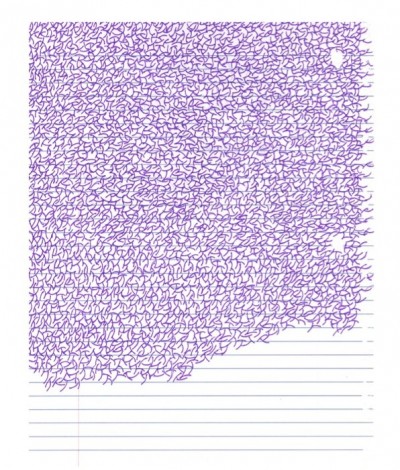
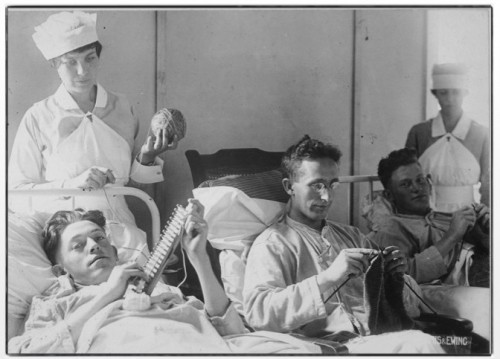
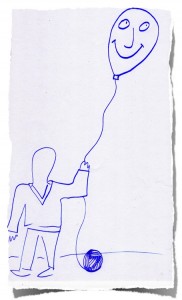


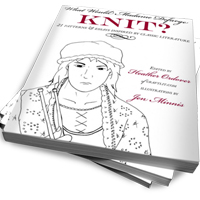
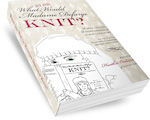
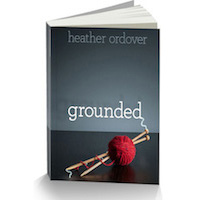

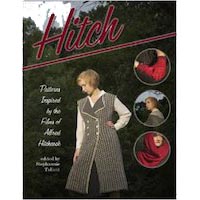
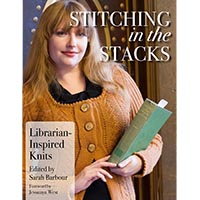



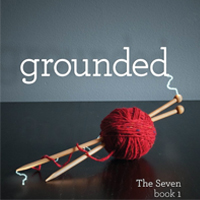

Doodling has saved my sanity during many rambling phone calls that I have endured.
Me too! Between knitting and doodling I think I’ve saved a few jobs! Just wait til you see how much it’s saved you! The stats are staggering!
I know that If I spend a lot of time knitting a certain stitch, or working on a certain project while watching a TV show or planning a story in my head, I start recalling the show or what I was thinking about as soon as I start knitting that same stitch. Really cool!
I’ve had that happen and I’ve had the “look at the FO and remember what you were doing in this section” thing happen to me too.
I love brains.
So this is why I did well in school despite never developing any note taking skills. I even got in trouble for quoting long passages from lectures in exams.
Doodler, knitter, or both? 🙂
doodling keeps me focused in situation where I have paper and pen, a less healthy act that I have adopted since childhood is picking at my cuticles. This helps me focus in movies and while driving. I really have been searching for a way to not do this for obvious reasons. One of my kids gave me a pair of cotton gloves to wear during movies, but I can honestly say my concentration reduces by more than 50% if I’m not fidgeting. It’s a weird phenomenon for sure!
On CBC’s The Current they ran a story on the ‘power of doodling’. Here is the link:
http://www.cbc.ca/thecurrent/episode/2014/01/31/the-secret-powers-of-doodling/
Hi Heather!
Couldn’t this be, in part, Howard Gardiner’s Multiple Intelligences? I remember from ed school that he delineated 7 intelligences, one being “physical” intelligence or learning from doing. This is what I associate with remembering a lecture or podcast or movie because you were doing an activity.
I don’t consider this my “intelligence.” I knit during meetings so I don’t go insane with the feeling that nothing productive is happening (or, it’s sooooo slow), but I know I am writing into my brain when I read or take notes. Do you think these two things can be separate?
It’s interesting that you bring this up!
The last time I gave the CogAnch talk at a yarn store, one of the attendees (a former teacher) mentioned it too.
I think there’s something in there, but I know that Gardiner’s multiple intelligences has been coming under attack of late. I think part of the reason is that in-use, it was getting too cut-and-dried. Too limited. We all learn different ways for different purposes. For knitting and car repairs (grin) I’m a visual learner, but for cooking—even something new or complex—I need the words in front of my eyes. People like me, or anyone who didn’t fit neatly into a category and stay there, were stuck when it came to the way Gardiner’s work was treated in practice, anyway.
That said, my sister has a level of “physical intelligence” (was it “kinesthetic” learning?) I simply do not have. She can learn dance steps fast and remember them. Me not so much. However, we both remember lectures better if we take notes—like, to the point where we never have to look at our notes again, because we remember everything. (Sketchnotes work for me, too!) I think this phenomenon is related to both Cognitive Anchoring and the recent (2012) research that’s coming out about handwriting (http://www.nytimes.com/2014/06/03/science/whats-lost-as-handwriting-fades.html?_r=0). And, I posit doodling and printing are all part of the same kettle of memory fish.
It’s been absolutely fascinating studying this and all the implications it touches on!